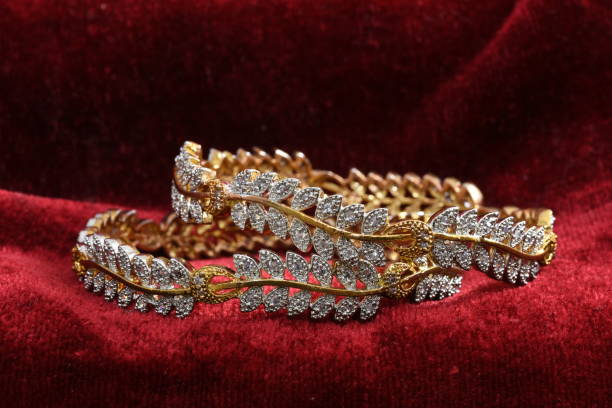All About the Mohs Scale All Entries

The Mohs scale is used by jewelers to define a mineral's hardness on a scale of 1-10, with 10 being the hardest. A diamond, as many consumers know, has a hardness of 10. The scale was devised in 1812 by German mineralogist Frederich Mohs, based on minerals available at the time for analysis. Here are important facts to know about the Mohs scale to gain a better understanding of how it's used.
Hardness vs. Toughness
You might hear regular gem enthusisasts use the terms hardness and toughness as synonyms. But these terms are not interchangeable among professional jewelers, as they mean different things. While hardness refers to resistance to scratching, toughness is defined by resistance to chipping and breaking. Even though a diamond is the hardest gem on the Moh's scale, for example, it's not the toughest.
Examples of Hardness Ratings
The following partial list of minerals exhibits hardness numbers based on where each gem falls on the Mohs scale.
- Talc and Tin
- Sulfur and Graphite
- Gold, Silver and Copper
- Steel, Iron and Nickel
- Turquoise
- Chromite
- Quartz and Zircon
- Topaz and Chrysoberyl
- Corrundum
- Diamond
By comparison, a human fingernail has a hardness of 2 to 2.5 on this scale, while a knife blade has a hardness that ranges from 5 to 6.5. Many minerals fall in between these numbers or have a range of variable values.
Scratch Tests
One of the main applications of the Mohs scale is the scratch test to see how scratch-resistant an unknown specimen is. Purchasing a Mohs hardness kit gives you the necessary reference gems for comparing hardness levels between two specimens. Another option is to visit a GIA-certified specialist who uses more sophisticated machinery.
This test uses ten different reference minerals for comparison, as each one represents a rating on the 1-10 scale. The test is performed by scratching the reference gem on the specimen being tested. If the reference gem causes a scratch, it means the reference has a higher hardness rating. The five other gem hardness scales used by gemologists to a lesser degree are: Vickers, Rockwell, Brinell, Shore, and Knoop. But since each hardness scale has its own calculations, these tests cannot be directly compared.
It's important to perform this test with caution to avoid injuring yourself, as the dragging motion should always be away from your body. Another important detail to remember is the test should be conducted on a lab table or work bench with a strong surface. You must definitely avoid doing it on nice furniture.
When breakage occurs or the specimen crumbles during a scratch test, it's an indication that the item lacks toughness or strength. But keep in mind the Mohs scale test is only designed to measure scratch-resistance. Other than determining the hardness of an unknown specimen, scratch tests are used in science classrooms and among manufacturers to measure or confirm hardness treatments.
Conclusion
Understanding the hardness of a gem is important to determining its scratch-resistance and durability. Contact us at Ralph Mueller & Associates to learn more about the Mohs scale and measuring different aspects of jewelry.